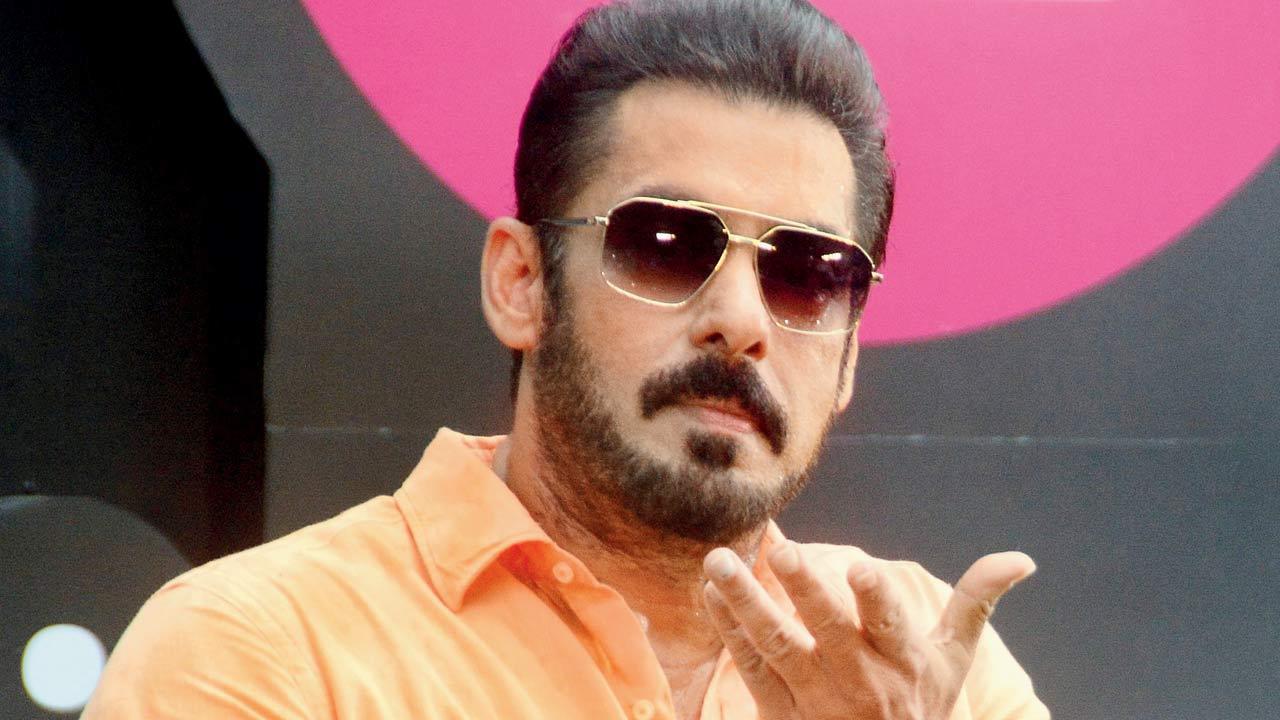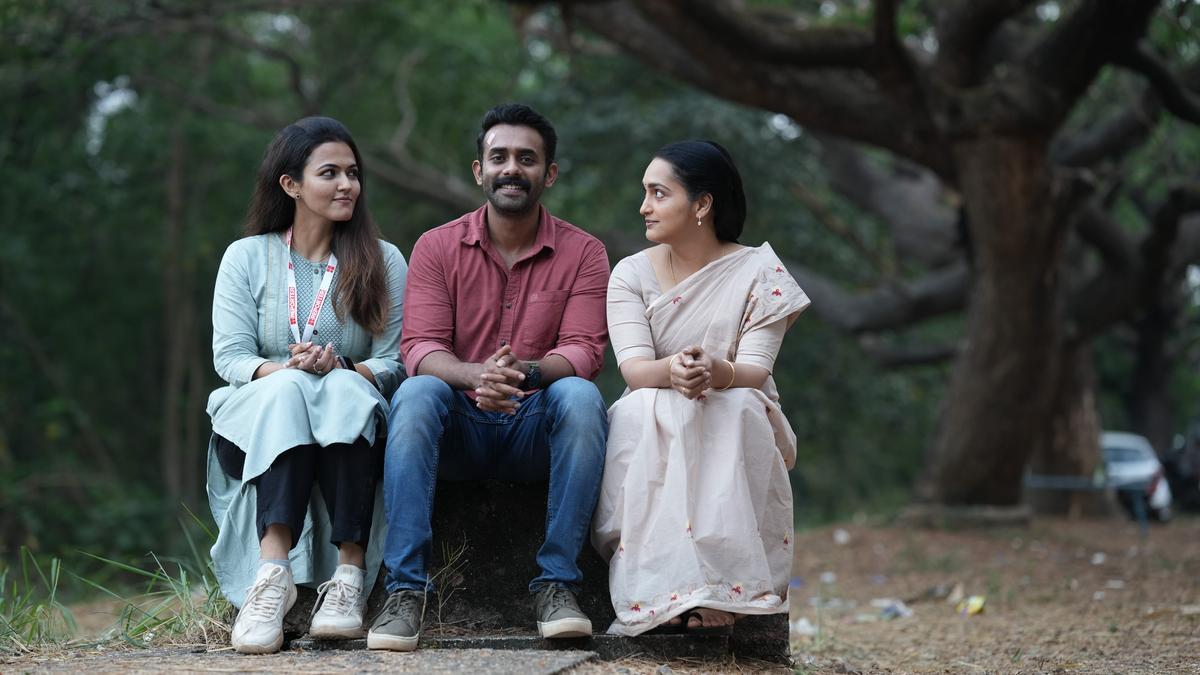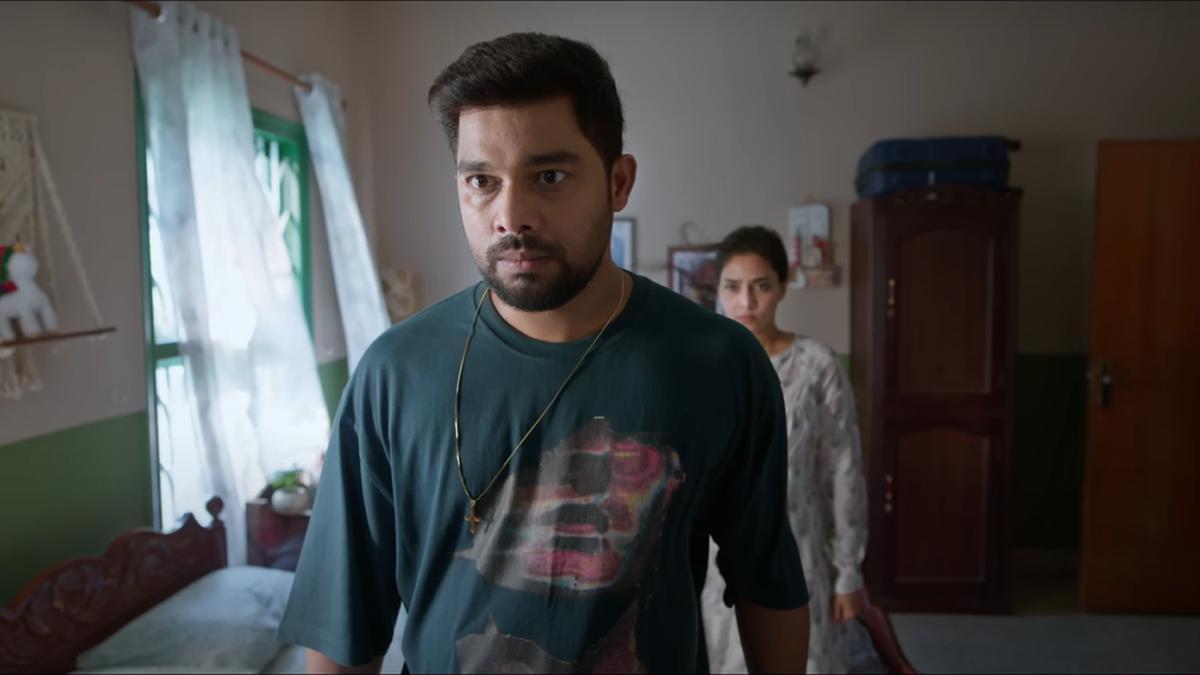
Following her evocative venture in “Dhobi Ghat,” director Kiran Rao once again steps into the limelight with a thorough examination of the societal norms of the Hindi heartland in her latest film, “Laapataa Ladies.” The movie sets its scene in the fictional state of Nirmal Pradesh, reminiscent of northern India’s traditional ‘cow belt,’ to unravel stories of ingrained patriarchy and gender biases. Through her astute storytelling, Rao aims to dissect an unjust society’s inherent discrimination without resorting to blatant activism or gender debates.
The creative team behind “Laapataa Ladies” deserves accolades for producing a cohesive piece of art that deftly balances technical precision and aesthetic grace. The on-screen world is palpably authentic, thanks to unobtrusive dialects, well-suited costumes, and fluid performances that naturally embody the region’s essence. Complementing this tapestry is the lush musical work by Ram Sampath and the piercing poetry of Divyanidhi Sharma, which frees the film’s emotional resonances to billow and swell.
At its core, the film narrates the upheaval of two young brides mistakenly swapped on a train journey, entangled by the veils they wear, which symbolize much more than mere fabric. This misadventure unfolds against the backdrop of a nascent era when mobile phones held the allure of exotic dowry items. Initially, the narrative draws us in with situational humor, but it soon reveals a story brimming with complexities where irony is not merely observed but actively at play.
Embracing the source material from Biplab Goswami and nurtured into its current form by the hands of Sneha Desai and Divyanidhi, the script peels away the bucolic façade of the region much like Anusha Rizvi’s efforts in “Peepli Live,” where Kiran Rao shared production duties.
“Laapataa Ladies” does not shy away from conveying that its period setting of 2001 is relevant even today. Despite political slogans promising progression from ‘development to victory,’ the realities faced by women, especially their struggles for education and against the patriarchal constructs of marriage, remain pervasive. Within this milieu, Jaya (Pratibha Ranta) emerges as a beacon of determination, finding a way to break free from the rocky constraints of tradition. In contrast, Phool (Nitanshi Goel) finds herself similarly adrift but still married to the gendered mores of her culture. The two leads, complemented by a nuanced support cast, deliver remarkable performances that lend the film a freshness while engaging with the complex themes at hand.
The ensemble cast is particularly reinforced by Pratibha and Nitanshi’s raw performances, and Chhaya Kadam who stands out as a single woman leading a train station stall that offers refuge for Phool. Kadam’s character evolves from a mere plot device into a reflective voice offering critical insights into the film’s core questions. However, Ravi Kishan steals the spotlight by impeccably portraying a morally gray police officer, navigating the nuanced demands of his role without disrupting the film’s overall tonal balance.
Despite its strengths, the film does exhibit minor imperfections in its intricate social tapestry, occasionally revealing a predictable pattern in addressing its causes. These few lapses, however minor, might disrupt the otherwise seamless narrative for a discerning viewer.
Conclusively, “Laapataa Ladies” is a worthy cinematic experience, offering a thought-provoking exploration of gender dynamics. The remarkable depth of its social commentary, wedded to its artistic delivery, cements its place in modern Indian cinema. The film is now playing in theaters and stands as an invitation for a movie outing that promises to be both entertaining and enlightening.










